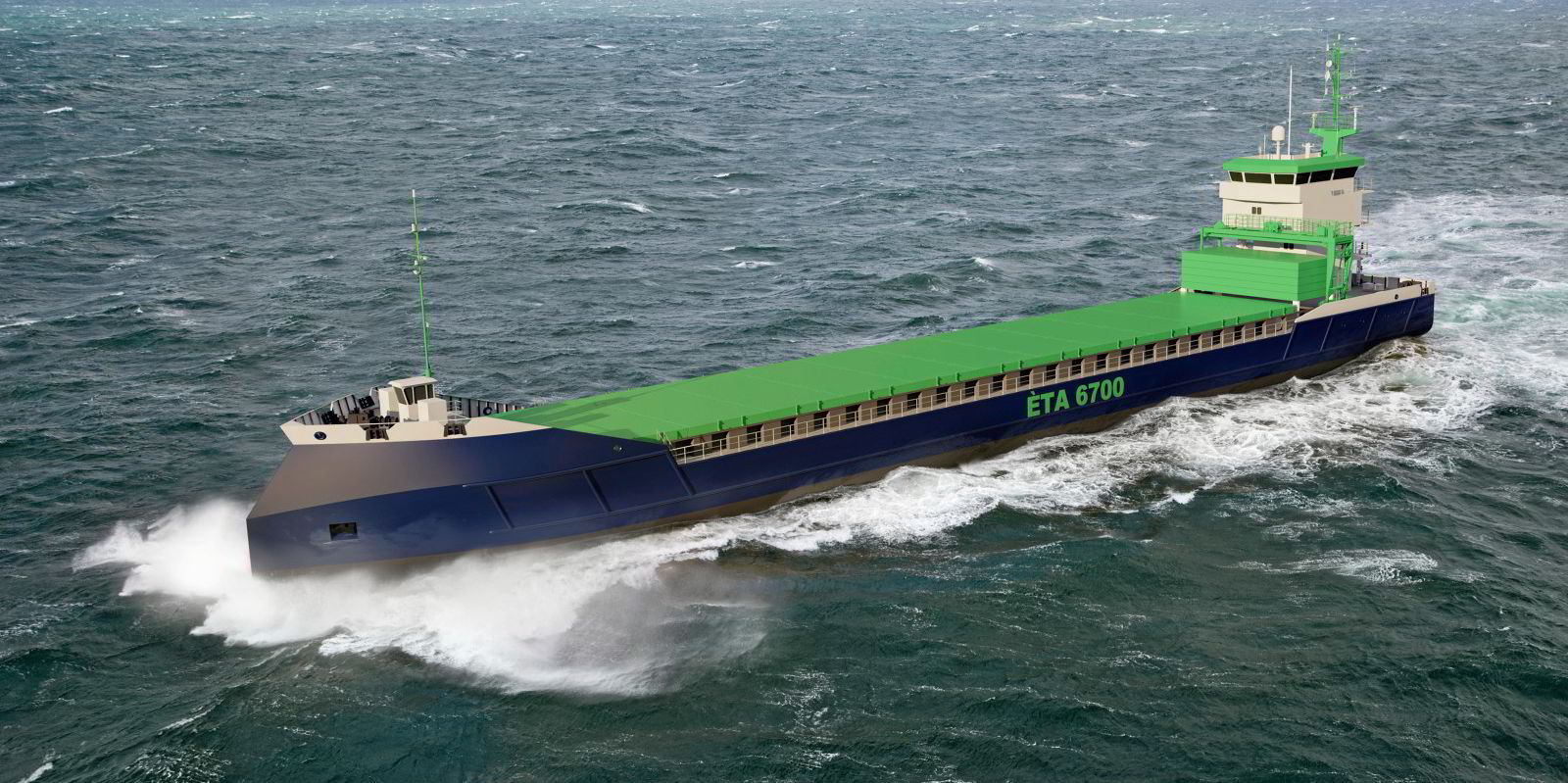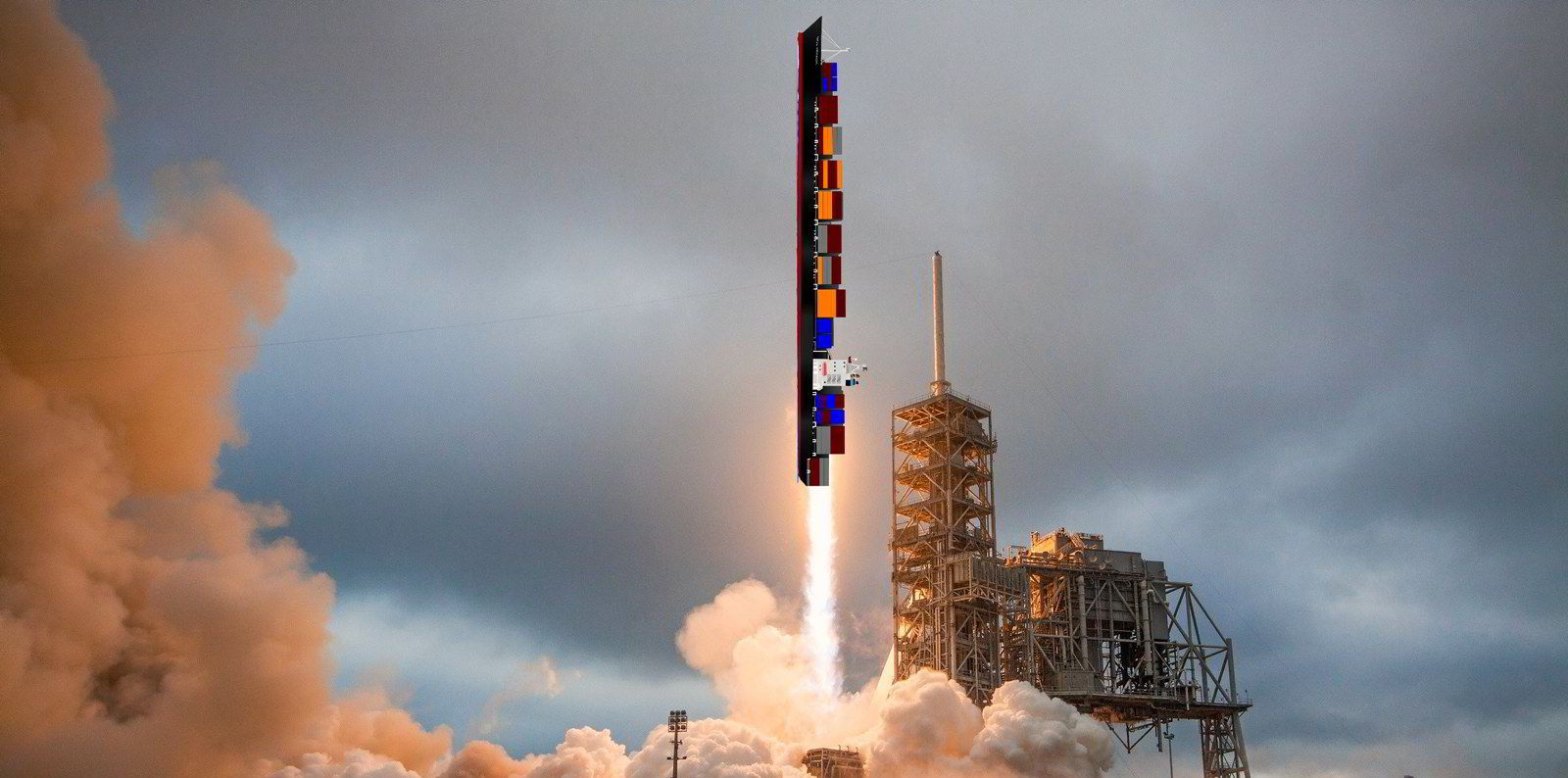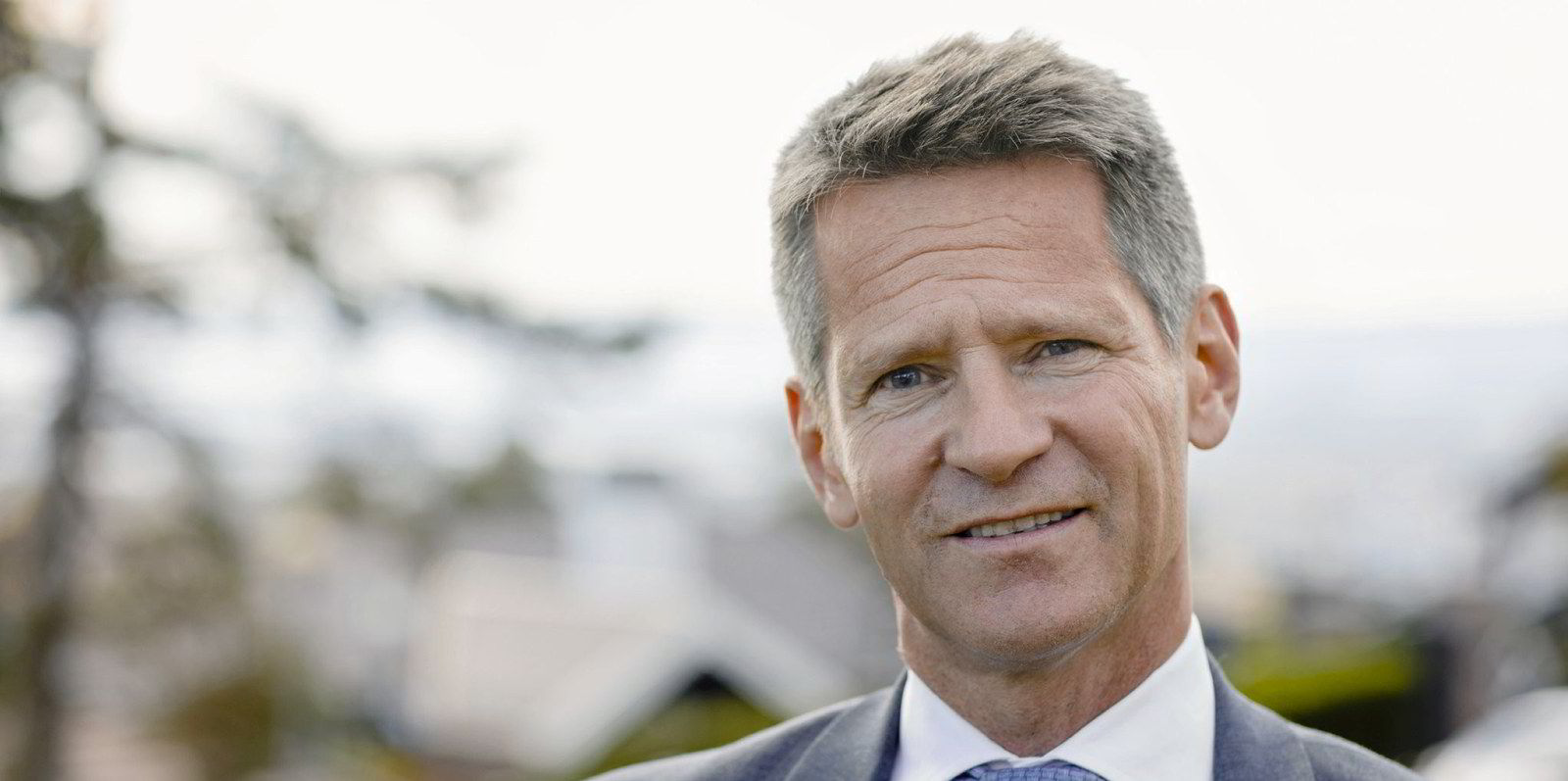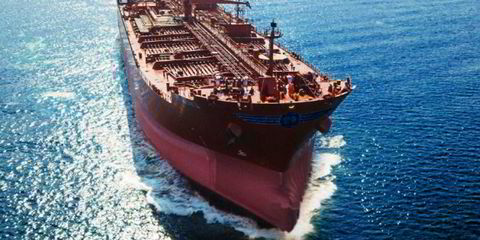The path to zero emissions is not waiting for a future breakthrough but building a modular design now that can plug in a succession of technologies as they become viable.
So believes Dutch shortsea captain Sam Gombra.
Gombra's Eta Shipping, which is based in Leeuwarden, expects to place an order for six 6,700-dwt ice-class 1A general cargoships before the end of May, with a price of about €14m per ship — far above the market for conventional newbuildings of that size.
Power from three diesel generators would be supplemented and gradually replaced by four to five large batteries, wind foils, a waste-heat generator, solar cells once they are robust enough for use on deck, and then alternative fuels such as ammonia, methanol, or solid hydrogen.
The aim is to whittle down a ship's energy needs until the remaining gap to zero emissions is within reach through new fuel technologies.
"If we have to take the step now to go from where we are to a hydrogen solution, it's unfeasible," Gombra said. "Hydrogen is still not available. There's no infrastructure, the fuel cells are not developed well enough. This all will take a couple of years.
“But if you are able to reduce your power needs to, for instance, 300 kilowatt-hours, this is available and may be also feasible, commercially.”
Equity financing comes from Karin Govaert and Henk Jonker-led Dutch shipowner-investor RiverMaas, which has been looking to invest earnings from several good deals in the secondhand sale-and-purchase market.
The order is backed by a five-year contract of affreightment (COA) from a Finnish forestry company that Gombra declined to identify. As part of the arrangement, Dutch shipowner ForestWave Navigation, which Gombra co-founded but left in order to start Eta Shipping, will take the ships on time charter for the same period.
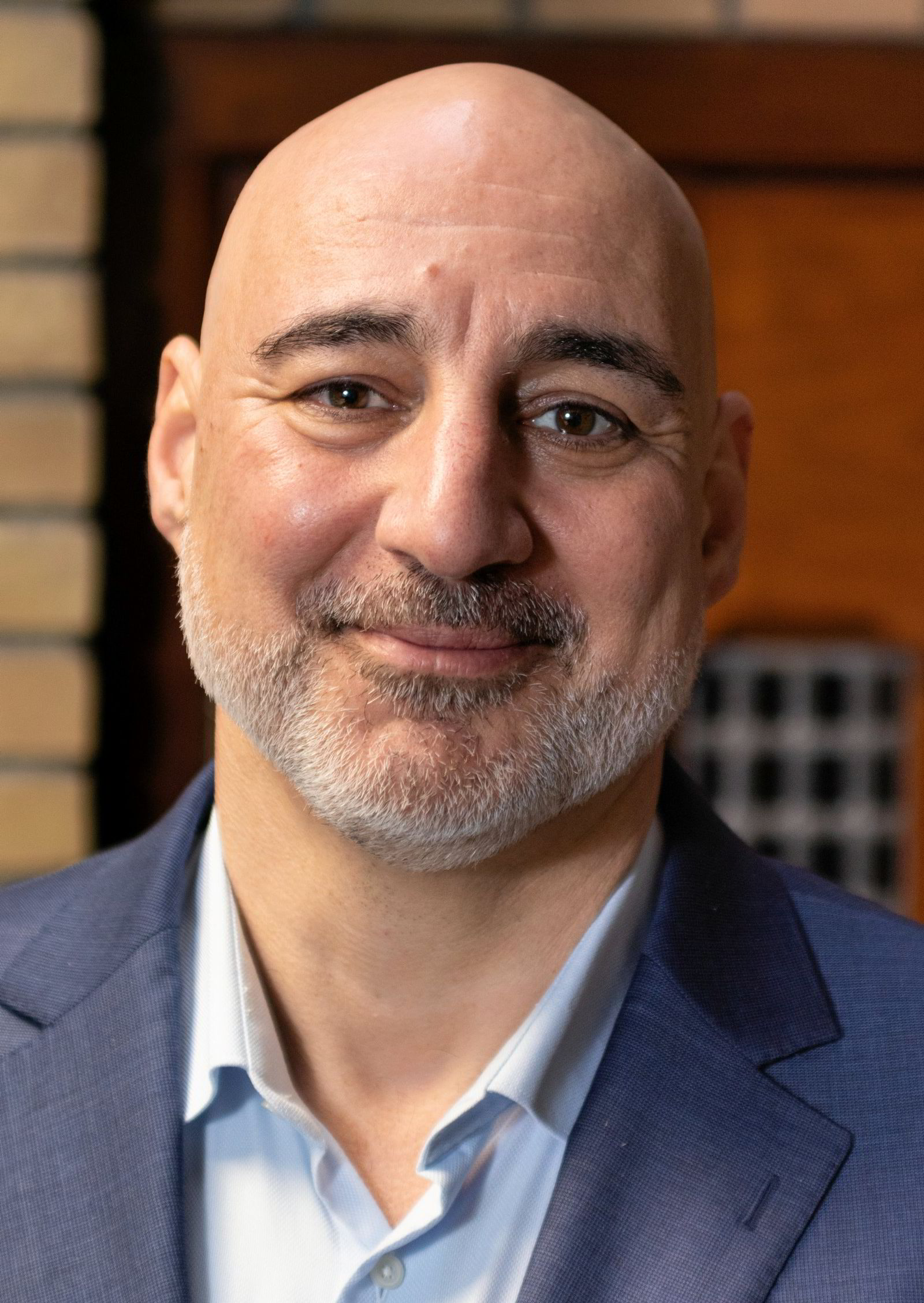
The charter lengths, unusual in the European shortsea business, were necessary as a basis for the project.
To pay for themselves, the ships will need to be refinanced and rechartered. Gomba expressed confidence that advanced technology will allow the ships to retain much of their value when five years are up.
Gombra has been in discussions with Dutch, Polish, and Asian shipbuilders, but expects to sign with a Dutch yard. Many suppliers of specialised equipment are located in northern Europe and communications over adapting new technology could make the project vulnerable to misunderstandings.
Gombra has been working on his approach for many years at sea and onshore, after working his way up from seaman to captain and then captain-owner.
His first impulse towards design innovation came when he saw that shortsea owners were being "driven by what the manufacturers were selling". Off-the-shelf solutions such as medium-speed propellers reduced their capital expenditure, but were more expensive in the long run.
That, at the time, sent Gombra to the drawing board, with a view to the still far-off IMO 2020 regulations as well as old-fashioned cost-cutting.
"By 2008, we were almost there to build a couple of these ships but then the financial crisis hit us and, after that, we had the maritime crisis," he told TradeWinds.
Commercial opportunities then dried up.
In 2019, when the Finnish contract was finally on offer, ForestWave's shareholders got cold feet and Gombra set up shop on his own.
The four to five three-megawatt-hour batteries from Dutch manufacturer Ebusco would amount to roughly half the cost of the Eta Shipping's planned ship, so swapping out empty batteries is out of the question for now. Batteries could be charged while at sea, or from shore connections and used in sensitive strictly controlled environments.
A single-charged battery would get a ship through a 10-hour passage of the Kiel Canal with no emissions.
"A newbuilding programme was a little bit too challenging," Gombra said. "And that's where I decided that there was a change coming now and, if we didn't get started now with this good design we have, we'd miss the boat."
The design includes optimised hull and large slow-speed propellers, but its heart is an autonomous energy management system (EMS) that combines power inputs with an electric motor at optimally efficient levels.
Eight 20-foot container spaces are reserved near to the engine room for batteries and alternative energy sources as they come to market.
You can place any alternative energy on a ship, as long as there is a DC current coming out of it, Gombra said.
Autonomous engine, cargo, and ballasting systems would give the ships a total crew of four bridge-keeping officers and no engineers, subject to flag state and classification society approvals.
"We think this is the shortest way to zero emissions," he said. "Technically, it would absolutely be possible to sail zero emissions in five years."
